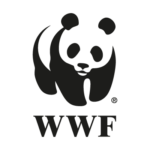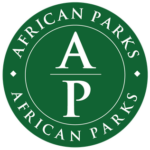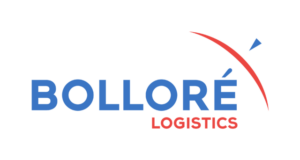Introduction

The Central African Republic (CAR) (French: République centrafricaine, Sango: Ködörösêse tî Bêafrîka), is a country in central Africa, bordering Chad, Sudan, South Sudan, Congo -Kinshasa, Congo-Brazzaville and Cameroon. The capital is Bangui. With an average annual income of $656, the Central African Republic was the poorest country in the world in 2017.
On August 13, 1960, the Central African Republic became independent from France, having become autonomous two years earlier. For more than 30 years, the country has been ruled by presidents who seized power by force or derived their power through fraudulent elections. The first democratic elections were held in 1993, after which Ange-Félix Patassé became president. However, Patassé was deposed in 2003 by General François Bozizé. Bozizé won democratic elections in 2005 and was president until early 2013, when he was in turn ousted in a coup.
The Central African Republic is one of the poorest countries in the world. There has been a civil war since the end of 2012. Christians and Muslims live at odds side by side. France has sent 1,600 soldiers to the country, who must try to restore peace from Cameroon.
The Akapygmies live in the Central African Republic.
History of Central African Republic

The first Europeans arrived in the area of the Central African Republic around the end of the 19th century, during the Race for Africa. The French already had settlements in Congo-Brazzaville and sent out expeditions to also colonize the interior of Central Africa. The Belgian King Leopold II, the United Kingdom and Germany were also interested in the area. In 1889 the French established a settlement on the site of the current capital Bangui. Later, the borders of French Africa were established in agreements with Belgium and Germany. The area was the scene of the Arab slave trade towards Zanzibar at the end of the 19th century.
In 1899, 17 companies received permission from the French government to exploit large areas in Central Africa. The companies traded by selling European goods and exporting indigenous goods to Europe. The native population was often brutally forced to work for the companies. At the same time, the French government imposed taxes on the inhabitants and made the provision of labor for the French state mandatory.
In the 1920s, the French improved infrastructure and health care. New forms of forced labor were introduced, for example in the construction of the Congo railway (Pointe-Noire-Brazzaville). Many workers died of disease or exhaustion.
In the 1930s, much cotton, tea and coffee was grown in the Central African Republic. Gold and diamonds were also mined.
In 1958, the Oubangui-Chari region became autonomous within the French colonial empire and took the name Central African Republic. On August 13, 1960, the Central African Republic became independent from France. Immediately, a power struggle erupted between potential presidents Abel Gouma and David Dacko. Dacko seized power and had Gouma arrested. Two years later, David Dacko established a dictatorship.
In 1965, the Dacko regime was overthrown by Colonel Jean-Bédel Bokassa, who suspended the constitution and dissolved the parliament. Bokassa proclaimed himself president for life in 1972. Later Bokassa proclaimed himself emperor of the Central African Empire in 1976.
In 1979, France conducted a military operation called “Barracuda” against Bokassa, which was associated with cannibalism. The former colonizer restored David Dacko to power. In 1981, Dacko was again deposed by an army officer. General André Kolingba became the new president.
Kolingba ruled with a military junta until 1985. In 1986 he proposed a new constitution, which was passed by referendum. Presidential elections were held in 1987, but were boycotted by Abel Gouma and Ange-Félix Patassé, Kolingba’s main opponents. Kolingba thus remained president.
In 1990, after the fall of communism in Eastern Europe, the democratic movement became more active. Under pressure from the United States and France, Kolingba gave permission for free elections. Kolingba was also forced to admit representatives of other parties to parliament.
The elections finally took place in 1993. Patassé became president and his Movement for the Liberation of the Central African People MLPC party won a slim majority in the National Assembly. Patasse also ruled like a dictator: he had political opponents murdered.
The country was very restless because of the ethnic tensions. In 1997, troops from various African countries were stationed in Central Africa under the name MISAB. Later they were replaced by United Nations troops, the MINURCA.
In 1998, Kolingba’s party won the parliamentary elections, but in 1999 Patassé was re-elected in the presidential elections.
In 2002, François Bozizé staged a coup. He was elected president in 2005 but was in turn ousted in 2013 after an uprising by Islamist militias, the SELEKA. Michel Djotodia also came to power. A civil war erupted that degenerated into massacres between Muslims and Christians









